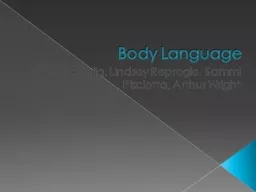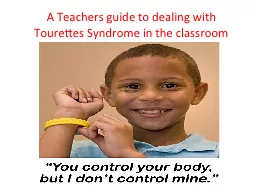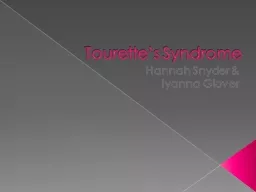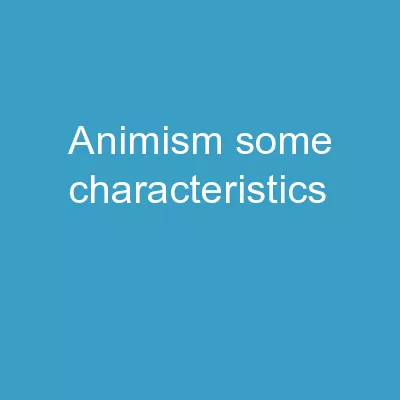PPT-Characteristics People with Tourette’s make
Author : bobradio | Published Date : 2020-06-17
involuntary movements or noises These are called tics Simple Tics sudden brief repetitive movements that involve a limited number of muscle groups Complex Tics
Presentation Embed Code
Download Presentation
Download Presentation The PPT/PDF document "Characteristics People with Tourette’..." is the property of its rightful owner. Permission is granted to download and print the materials on this website for personal, non-commercial use only, and to display it on your personal computer provided you do not modify the materials and that you retain all copyright notices contained in the materials. By downloading content from our website, you accept the terms of this agreement.
Characteristics People with Tourette’s make: Transcript
Download Rules Of Document
"Characteristics People with Tourette’s make"The content belongs to its owner. You may download and print it for personal use, without modification, and keep all copyright notices. By downloading, you agree to these terms.
Related Documents














